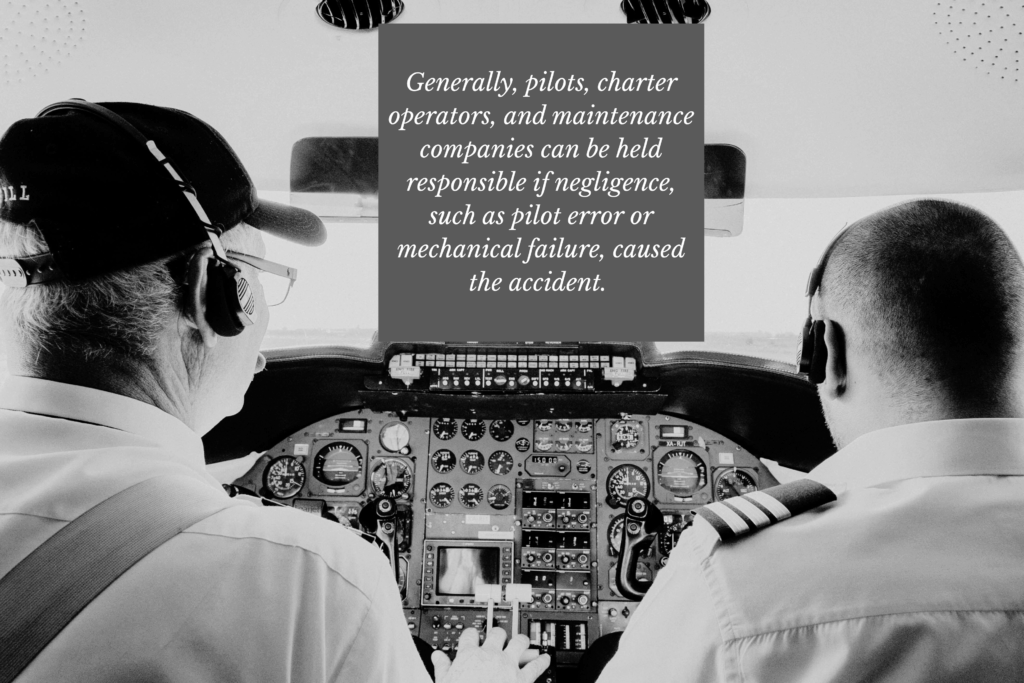In January 2025, a tragic midair collision over Washington, D.C. killed all 67 people aboard an American Eagle regional jet and a U.S. Army Black Hawk helicopter. Now, victims’ families are pursuing a $250 million wrongful death claim against the FAA and the Army, alleging negligence in air traffic control and military coordination.
This high-profile case raises crucial questions: Who is liable when a crash involves military aircraft and federal agencies? What role do equipment failures or controller decisions play? For New Mexico pilots and families, where private planes share airspace with military operations, understanding these issues is vital.
The D.C. Midair Collision: A Case Overview
On January 29, 2025, American Eagle Flight 5342, a regional jet approaching Reagan National Airport, collided midair with a U.S. Army Black Hawk helicopter conducting training operations over the Potomac River. All 67 people aboard both aircraft were killed.
Investigations revealed multiple contributing factors. The helicopter’s ADS-B transponder was deactivated, meaning it was invisible to civilian air traffic control radar. Additionally, communication gaps between military controllers handling the helicopter and FAA controllers managing civilian traffic created a dangerous blind spot in coordination.
Families of the victims argue that both the FAA and Army failed to ensure safe airspace management, leading to the wrongful deaths of loved ones who expected robust safety protocols. This case highlights the complexity of aviation crashes, particularly when civilian and military operations intersect—a reality that is prevalent in many regions, including New Mexico.
The Role of Air Traffic Controllers
Air traffic controllers play a crucial role in preventing midair collisions, coordinating aircraft movements, and ensuring safe separation. In the D.C. crash, allegations point to failures in communication between military and FAA controllers, leading to tragic consequences.
Another key factor was the deactivation of the helicopter’s ADS-B transponder, which broadcasts an aircraft’s position to air traffic control and nearby planes. While the helicopter broadcasted its location on the secondary Mode S transponder, there is a longer delay when determining position relative to the ADS-B. Given the delay, civilian controllers may not have realized the gravity of the situation as quickly as they otherwise would have, severely limiting their ability to prevent the collision.
Who Can Be Held Liable in Aviation Crashes?
Determining liability after an aviation crash is complex, especially when multiple parties operate in the same airspace. Generally, pilots, charter operators, and maintenance companies can be held responsible if negligence, such as pilot error or mechanical failure, caused the accident. However, when a crash involves a military aircraft or a federal agency, liability may extend to the U.S. government.
In the D.C. collision, the families’ wrongful death claim argues that both the Army and FAA failed to coordinate safely, creating conditions that led to the tragedy. For New Mexico residents—where military operations near Holloman AFB, White Sands Missile Range, and local airports, such as Las Cruces International, are common —this accident reinforces the importance of clear communication and maintaining situational awareness when operating an aircraft.

How Wrongful Death and Aviation Negligence Claims Work
In liability cases, courts examine whether controllers acted within standard procedures and whether equipment failures or deactivations were negligent or unavoidable. However, not all cases can immediately proceed to the courtroom, and the government has sovereign immunity that restricts what it can be sued for. However, the Federal Tort Claims Act (FTCA) allows families to sue the government despite its usual sovereign immunity protections in cases where the injury was caused by a federal employee’s negligent or wrongful act or omission. Before filing in court, families must submit an administrative claim directly to the agency within two years of the incident. If denied or unresolved after six months, they can proceed to federal court.
At the same time, state wrongful death laws define who can sue and what damages are recoverable, for cases that don’t involve the federal government. In New Mexico, the wrongful death statute allows the personal representative of the deceased’s estate to file suit on behalf of surviving beneficiaries, such as a spouse, children, or parents. Damages can include funeral costs, lost income, emotional distress, and loss of companionship. Importantly, damages awarded are distributed to beneficiaries rather than the estate itself.
Why This Matters for New Mexico Pilots, Families, and Aviation Clubs
The D.C. collision underscores a harsh reality: Military and civilian aviation risks aren’t confined to distant hubs. In New Mexico, pilots regularly navigate near restricted or military-use airspace, whether flying out of Las Cruces International, maneuvering near Holloman AFB, or crossing training areas around White Sands Missile Range.
For local pilots and aviation clubs, this raises important questions:
- Are you aware of nearby restricted zones and NOTAM updates before every flight?
- Does your aircraft’s transponder (ADS-B) remain active and compliant in all controlled airspace?
- Are you trained in communicating with both civilian and military controllers when required?
For families, the D.C. lawsuit serves as a reminder that government agencies can be held accountable under the FTCA if negligence by controllers, military operators, or federal equipment failures results in tragedy. Knowing these rights can be crucial after an accident. Ultimately, this case underscores the importance of vigilance in flight planning and legal preparedness in New Mexico’s shared skies.
Keeping the Skies Safe
The D.C. midair collision was a preventable tragedy that took 67 lives and left families searching for accountability. It highlights how aviation negligence claims can involve multiple parties, ranging from pilots to federal agencies, and how complex legal frameworks, such as the FTCA and state wrongful death laws, intersect. For New Mexico’s aviation community, it serves as a stark reminder of the risks associated with flying near military airspace and the importance of adhering to strict safety protocols. If you or your family are affected by an aviation accident, understanding your legal rights and options for pursuing justice and compensation is essential in navigating the path forward. Schedule a free, no-obligation consultation with us today.